The complete social media guide to Restaurant Week marketing
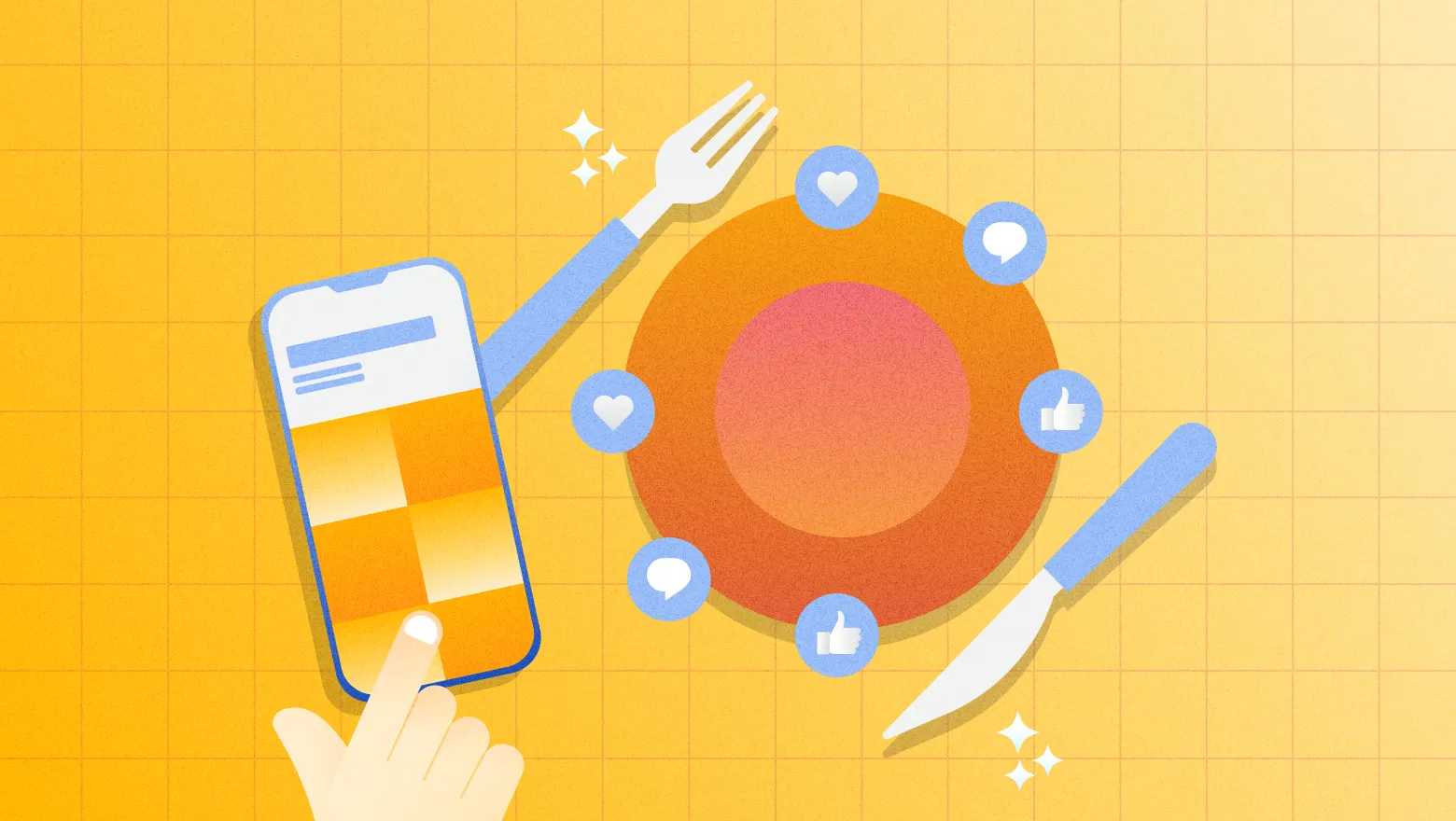
Table of Contents
Around the world, Restaurant Week attracts locals and visitors, boosting the local economy. Participating gives restaurants and bars a chance to turn one-time diners into regulars. To make that happen, you have to be visible when people are researching where to eat.
According to The 2025 Sprout Social Index™, 41% of Gen Z turn to social media first when looking for information. Sprout’s Q2 2025 Pulse Survey also found that 35% of all consumers use social first to find local restaurants and activities. Showing up strategically on social media is how you fill tables and stand out from the competition during Restaurant Week.
This guide will teach you how to build a Restaurant Week marketing strategy and what to do on social before, during and after the event to make the most of it.
What is Restaurant Week?
Restaurant Week is an event used to drive traffic to restaurants and bars during slower periods. Having originated in the US, the event is now a global one.
To participate, you register with the local organizer and create fixed-price two or three-course menus for lunch and/or dinner. The organizer markets the event, sometimes spotlighting individual venues, but it’s mostly up to participants to promote themselves.
Restaurant Week draws locals and visitors who may not normally dine at your restaurant, making it a great opportunity to reach new guests.
Why social media is crucial for Restaurant Week
More than three-quarters (76%) of Q2 2025 Pulse Survey respondents said social media has impacted their purchasing decisions in the last six months. That influence makes social one of the most effective tools to boost sales during Restaurant Week.
Social media is ideal for Restaurant Week marketing because you can take people from awareness to booking in one place. Adding booking links in your bio and posts turns your profile into a booking tool. Beyond convenience, what convinces diners to act is trust, and social is where it’s built.
According to our Q1 2024 Pulse Survey, 78% of consumers say a brand’s social media presence has a large impact on whether they trust that brand, and for Gen Z it’s even higher at 88%. Makes sense—if someone searches for your business and finds little about it, they may look elsewhere.
While presence, tone and consistency build trust, engagement builds community. Replying to comments, reposting user content and sharing updates before, during and after the event shows you’re as excited as your guests.
That kind of consistent engagement turns Restaurant Week from a one-time event into the start of lasting loyalty.
How to create your Restaurant Week marketing plan
Preparation separates a good Restaurant Week from a record-setting one. The restaurants that see the biggest payoff set clear goals, know who they want to reach and map out content themes with a posting calendar. If possible, start planning your menu and marketing four to six weeks ahead so you’re not scrambling when the event begins.
With an omnichannel strategy that prioritizes social media, you can reach more diners, capture attention and create a smoother experience for guests and staff.
Set clear objectives and goals
What do you want to get out of Restaurant Week? Or what made you decide it was worth signing up? The answers to those questions will shape your marketing and social media goals, which will guide your strategy.
Your goals might be to fill more tables, boost awareness, spark engagement, grow your following or build community. No matter what it is, each objective needs to tie back to something measurable so you know your strategy is working. For example, if your goal is brand awareness, you’d measure how many people saw your content by looking at post reach, impressions or profile visits.
Clear goals keep your campaign focused and make sure your Restaurant Week efforts translate into real results.
Identify your target audience for Restaurant Week
Restaurant Week often brings in visitors and locals who might not be part of your usual customer base. Take time to get to know who’s likely to attend.
Ask the organizing body if they have any data from past years they can share, like demographic breakdowns or average group sizes. You can also review your business’s social media analytics and browse last year’s Restaurant Week hashtags to get an idea of who participated, where they’re from and if they seemed motivated by value or by the experience.
Once you identify patterns, translate them into simple buyer personas. For example, meet The Weekend Tourist: Jordan, 32, who’s in town for a long weekend. They scroll Instagram and TikTok for “must-try” spots and book last-minute. Restaurant Week gives them a reason to try a new place instead of sticking to their usual stops.
Using personas helps you translate audience insights into content and messaging that’s more likely to resonate with diners.
To automate and dive deeper into your Restaurant Week market research, use a tool like Sprout Social Listening to track hashtags and keywords for historical performance and audience insights.
Create content themes and calendar
Like trying to consistently recreate a dish without a recipe, executing a social strategy without a plan is very difficult. Content pillars solve this by giving you a few core themes to guide what you post. They keep your content consistent and strategic while still leaving room for creativity. This matters because, according to The 2025 Sprout Social Index, content originality is one of the top ways a brand can stand out, second only to the quality of its service.
For Restaurant Week, possible pillars include behind-the-scenes prep, spotlights on special menu items, customer reactions or testimonials, sneak peeks and partnerships. From there, create activations (content, promotions or campaigns) for each theme.
For example, Chloe by Vincent shared a video of their chef making two Restaurant Week dishes to get people interested and excited.
Once you’ve mapped your themes, plot them in a content calendar and schedule posts ahead of time. That way, when you’re busy serving guests, your marketing is still working hard in the background.
Confirm and coordinate your cross-channel marketing efforts
Ideally, social media is the hub of your Restaurant Week marketing, but every channel should point back to a central reservation system. Any time you do a coordinated push, make sure the calls to action are consistent and the messages are timed to land close together.
For instance, you might share user-generated photos during the week on social, feature the same content in your newsletter and spotlight it on a digital screen in your restaurant. The messaging everywhere says, “Reserve your spot now.”
When all your marketing is driving the same action, has a cohesive look and feel and is authentic to your brand, it builds trust, which leads to more bookings.
Pre-Restaurant Week tips: The planning and hype phase
With your marketing plan in hand, it’s time to get your back-of-house and front-of-house organized and start building anticipation with diners.
Here’s how to set the stage so your Restaurant Week runs smoothly and delivers maximum impact.
Announce and build anticipation
Data from the 2025 Index shows 90% of consumers use social media to keep up with what’s trending. Use this to your advantage by posting a teaser with the event dates, announcing your participation.
Dobson and Parnell announced the event on Instagram, but they kept the details simple so they could continue to build anticipation with more content as the event got closer.
Be sure to encourage input and interaction in these posts. Asking questions or inviting people to tag their dining buddies boosts engagement and turns your update into a conversation.
Build and showcase a special menu
Create a Restaurant Week menu that helps you meet your goals while also offering value and novelty. Value makes them feel like they’re getting a deal worth leaving home for, while the novelty gives them a fresh experience they can’t get any other week. You can also boost profits by building in upsell opportunities such as cocktail pairings or premium protein options.
Once the menu is set, capture plenty of photos and videos of your Restaurant Week dishes so you can show them off. In Unconventional Diner’s X (formerly Twitter) post below, the dish description draws you in, but the high-quality image sells it.
To further build anticipation, give email subscribers or followers a sneak peek to make them feel like insiders. You can also create visual stories around each dish to help Restaurant Week guests connect with your team and feel part of the experience.
Take a cue from NUE. They shared a mouthwatering behind-the-scenes video showing how their Crispy Whole Fish is prepared, highlighting the care that goes into the dish.
Pairing a strong menu with promotion ensures your Restaurant Week impact lasts.
Collaborate and partner with influencers and businesses
Offer free tastings to food bloggers, influencers, media outlets and tourism bureaus to generate early reviews and content. When brands team up with a trusted influencer, 64% of Sprout Pulse Survey respondents say they’re more likely to buy.
Komodo Dallas put this into action by inviting Destiny Adams to preview its Restaurant Week menu, which she then shared with her TikTok followers.
The goal here is to expand your reach by enlisting trusted partners to help drive new diners your way.
Open reservations early
Reservations are key during Restaurant Week because they enable you to fill more tables in fewer sittings. Consider opening your books earlier than usual to encourage larger parties to book early.
With two-thirds of restaurant reservations being made online, digital booking is your best bet to secure tables in advance. When bookings go live, organize a coordinated marketing push, like The 11th Floor did in the Facebook post below, to spread the word.
Train your team
Your staff is the face of your Restaurant Week experience, so you want to prepare them well.
Use a quick training session to cover key details like:
- Special menu items and upsell opportunities
- How to serve Restaurant Week diners and what to expect
- Any operational changes, like adjusted hours or limited seating times
Clear communication around procedures and service expectations helps your team deliver consistently great experiences during a busy week.
During Restaurant Week tips: Real-time engagement phase
According to the 2025 Index, marketing leaders rank overall engagement as the top metric for social media success, proving how important it is to make the most of the surge in attention. To do this, you’ll need to be active online, engage with guests in real time and respond quickly to feedback. Let’s walk through how to do it.
Engage directly with your audience
Social media provides an opportunity to practice hospitality beyond your four walls. Responding to guests’ comments and questions builds trust and relationships that last longer than Restaurant Week.
Sprout’s 2025 Travel & Hospitality Content Benchmarks Report reported that travel and hospitality brands respond to only 6% of daily messages and comments. This is a missed opportunity, especially since 73% of social users say they’ll buy from a competitor if a brand doesn’t respond, according to the 2025 Index.
Designate someone to monitor and respond to comments, and aim to respond the same day if possible—like they do at Kafeneon Restaurant (as you can see from the example below).
If you find it difficult to keep up with questions and comments across multiple networks, a solution like Social Customer Care by Sprout Social can help you speed up first response times and manage all your conversations in one place.
Leverage user-generated content (UGC)
User-generated content is an authentic way to reach more people during Restaurant Week.
Table signs or subtle prompts from your staff encourage guests to share their experience and tag your account, like this Summerlicious (Toronto’s summer Restaurant Week) diner did at Minami Toronto.
Suggest they also use your city’s Restaurant Week hashtag; it’s a great way for diners to find you and for you to spot posts you might otherwise miss. A restaurant-specific hashtag can work well too, if you have a well-known or multi-location restaurant that people are already searching for.
Resharing guest posts with credit adds authenticity and shows that diners are enjoying your restaurant in real time.
Monitor conversations and sentiment
What are people saying about your restaurant or bar during Restaurant Week? How are they feeling about their dining experience? Social listening gives you those answers.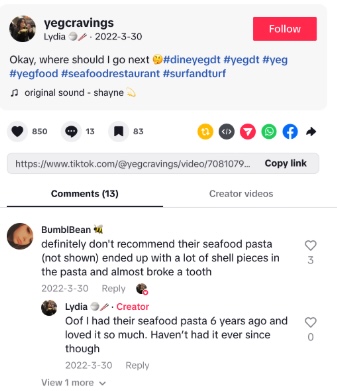
Monitoring looks at individual mentions or comments, while listening analyzes all those conversations to find patterns in how people discuss your business, menu and competitors.
Tools like Sprout Listening help you identify trends in diner feedback, track sentiment in near-real-time and enable you to compare performance against competitors. Social listening enables you to catch patterns early, giving you an opportunity to jump on positive momentum or adjust quickly before small issues become bigger problems.
When guests message you directly, Sprout’s Smart Inbox brings all your social messages together in one place. This means you can respond quickly to guests who are actively engaging with you.
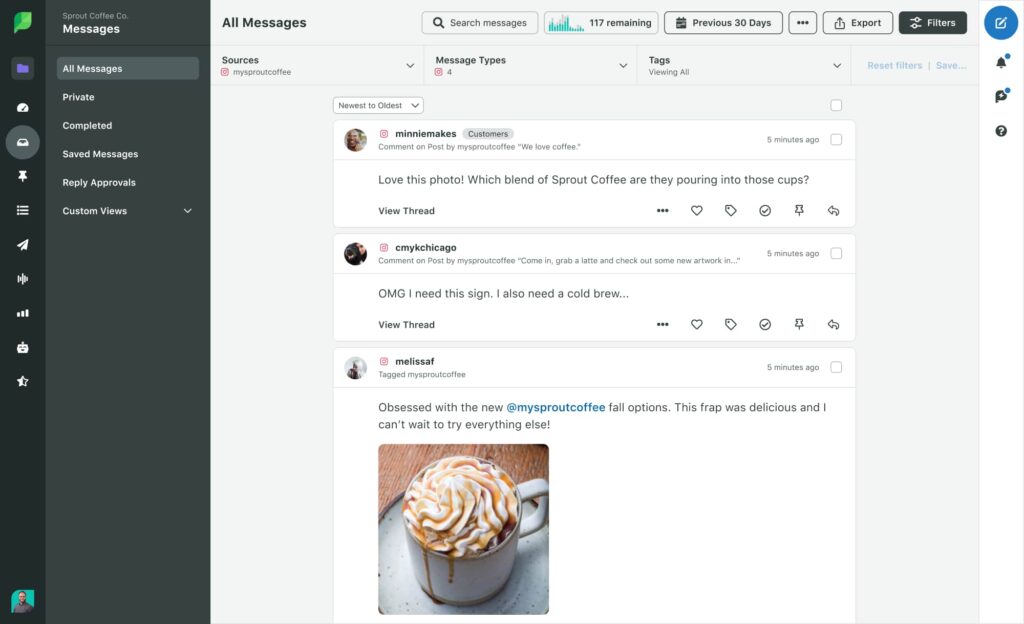
Post-Restaurant Week tips: The follow-up phase
After Restaurant Week is over, you have an opportunity to keep the excitement going, turn new guests into regulars and collect insights to make your social media marketing even stronger.
Here are three ways to make that happen.
Thank diners and follow up
Expressing gratitude and asking for feedback on social is like putting a cherry on top of the Restaurant Week experience.
A thank-you post recognizing guests and staff reinforces goodwill, while also showing potential new diners that you value your community.
Social media also makes it easy to give and receive feedback. Instead of relying on Google reviews or surveys, put up a poll or question box on your Instagram or Facebook story asking guests about their favorite dish or overall experience. These touchpoints strengthen relationships and give you insights to improve your next Restaurant Week.
Keep the momentum going
Service often slows right after Restaurant Week, as the event typically falls during a quieter season. To keep momentum, give diners a reason to return.
One option is to move a popular Restaurant Week dish onto your regular menu and announce it on social, like Downtown by Chef Jay Pisculli did. You already have photos and videos of these dishes, making it an easy way to repromote your restaurant on social.
You can also send guests home with a coupon for a discount or a small perk (like a free dessert) if they return within a set timeframe.
With the right follow-up after Restaurant Week, you’ll turn buzz into repeat business.
Analyze and learn
Once Restaurant Week is done, reviewing the results of your marketing will give you insight into what worked and what didn’t so you can improve your strategy next year.
Here are some key social metrics to track during Restaurant Week:
- Engagement rates
- Reach
- Follower growth
- Reservations
- Clicks on reservation links
- Volume of user-generated content (UGC)
Look at which posts or promotions earned the most engagement, clicks or bookings and compare them with those that didn’t perform as well, so you know what content to repeat and what to rethink.
With Sprout’s Tag Performance Report, you can easily analyze your Restaurant Week social strategy by tagging the posts and pulling a report that shows what’s driving results. For example, you can see your top-performing posts and track metrics such as engagements, clicks and video views.
By analyzing your marketing efforts, you’ll see which posts drove the most bookings, which offers got guests in the door and where there might be room to improve next year.
Elevate your Restaurant Week with social media
Restaurant Week is a great way to increase sales and reach new customers. But the real value comes from using social media to promote your participation. With the right strategy, you can tell your restaurant’s story and create a loyal community that keeps coming back.
Check out Sprout’s 2025 Travel & Hospitality Content Benchmarks Report to see what’s working across the industry and take the guesswork out of your next social media campaign.
Frequently asked questions about Restaurant Week marketing
What are the most effective strategies for restaurants to promote their business during Restaurant Week to boost customer bookings?
Here are a few tried-and-tested ways to increase advance reservations during Restaurant Week:
- Make sure your Google Business profile and website are accurate and up-to-date.
- Create a special menu that delivers value for the diner.
- Build excitement early through multi-channel marketing, and make sure you have consistent calls to action.
- Highlight your Restaurant Week menu and experience on social media.
How do top restaurants use social media marketing during Restaurant Week to stand out and drive more business?
Restaurants that successfully use social media during Restaurant Week showcase special dishes and staff through storytelling, reply to comments and messages, and reshare user-generated content. By engaging promptly and combining strong visuals with authentic voices on social, they fill tables and build trust.
Which digital marketing tools work best for Restaurant Week promotions to increase table reservations?
Online booking platforms make it easy for guests to reserve a table, and social tools help get them there.
With Sprout Social, you can schedule posts that highlight your menu, track engagement to see what drives clicks to your reservation link and reply quickly to booking inquiries. Pair this with a reservation system and an updated Google Business Profile to capture diners from interest to table.
What are proven ways to create engaging Restaurant Week menus and marketing materials to increase participation and sales?
Create a special menu for Restaurant Week that mixes favorites with exclusive dishes, and capture high-quality photos and videos to show it off. Also invite local influencers to taste the menu early to help generate buzz and early reviews. Polished and consistent marketing builds trust with diners and makes them more likely to choose your restaurant over others.

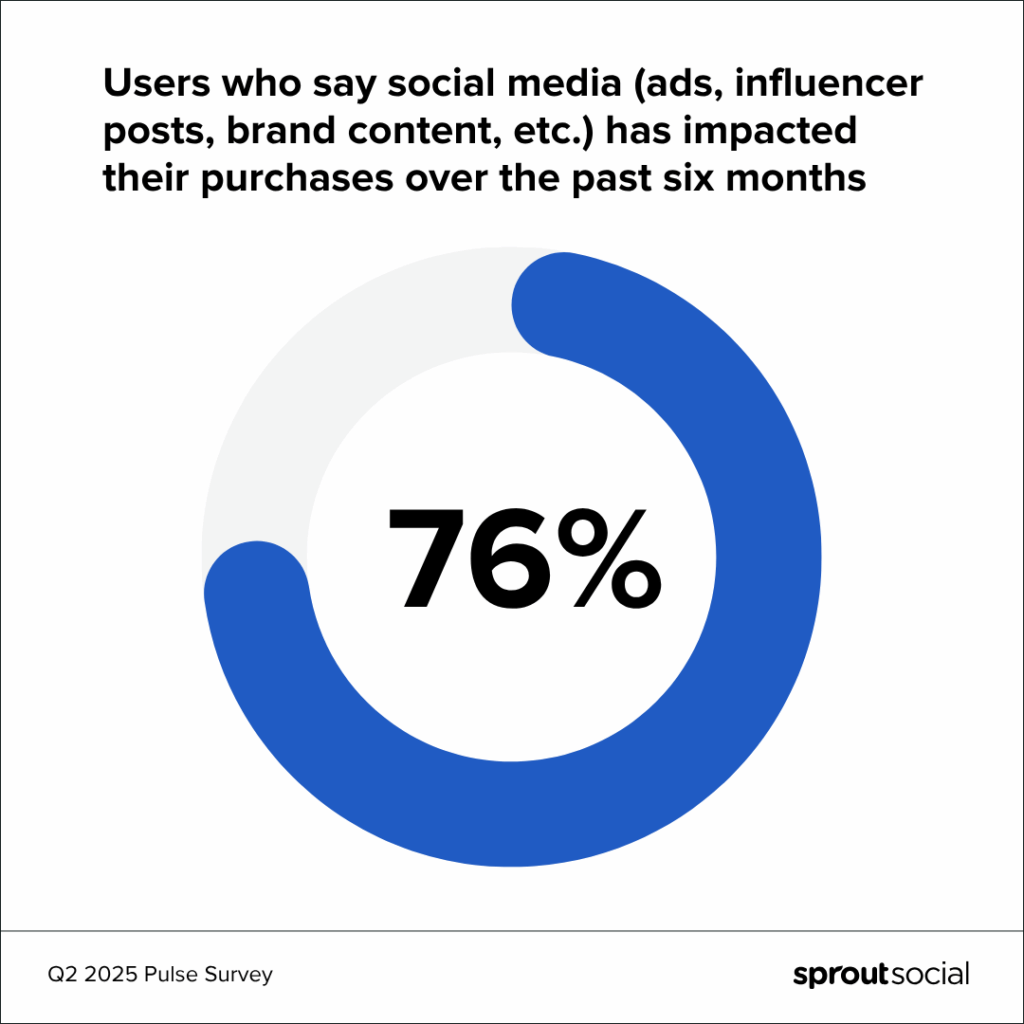
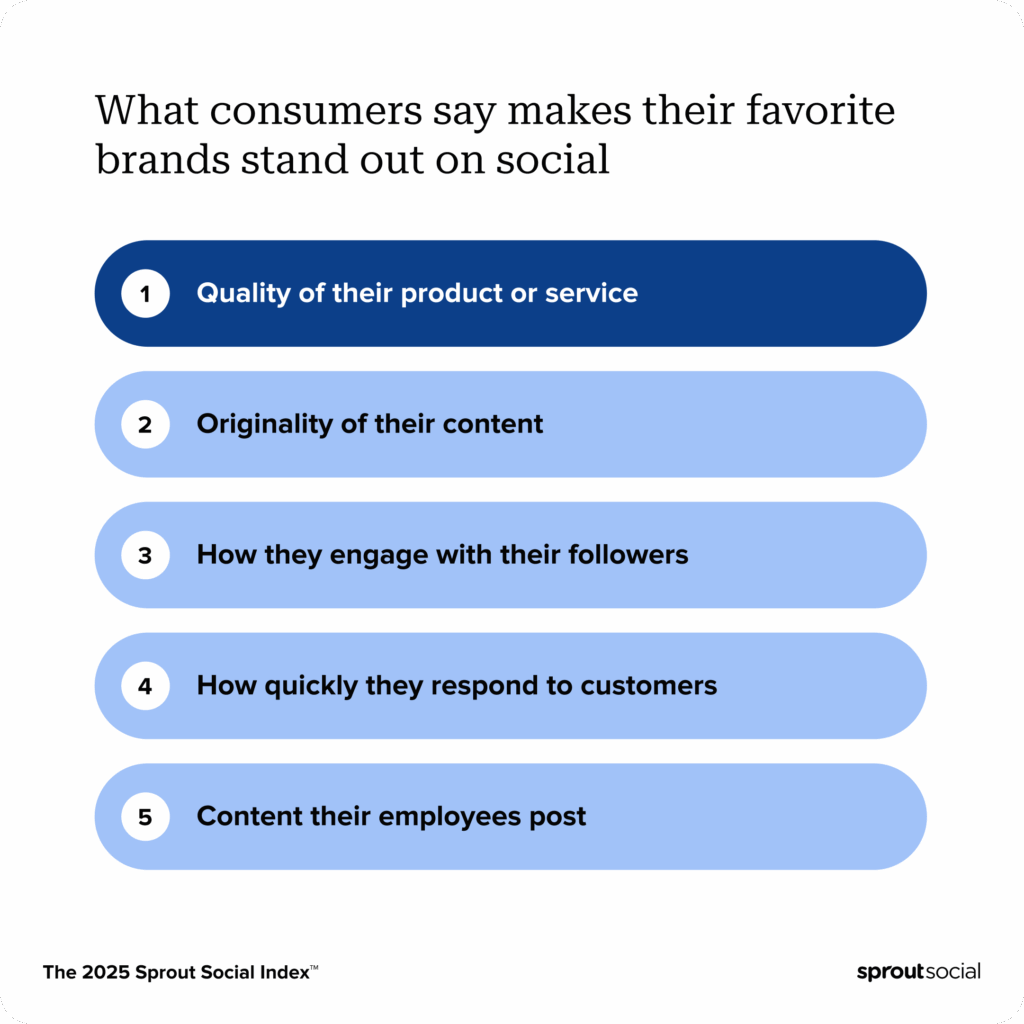
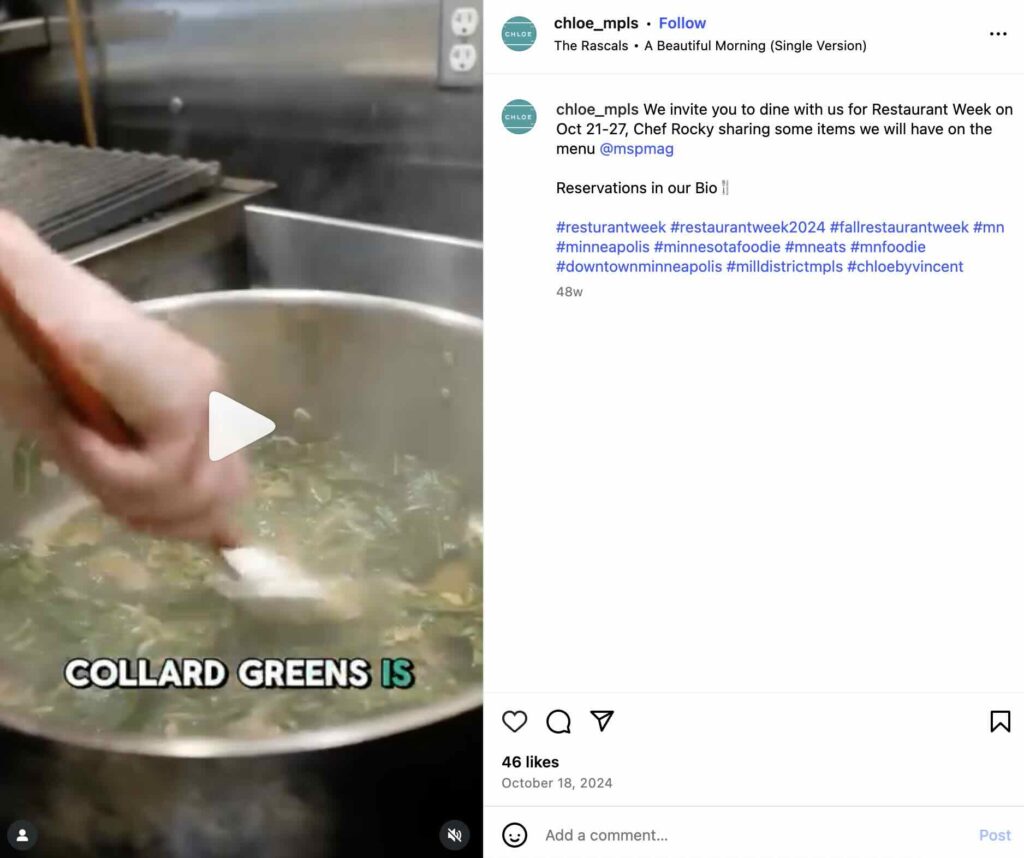
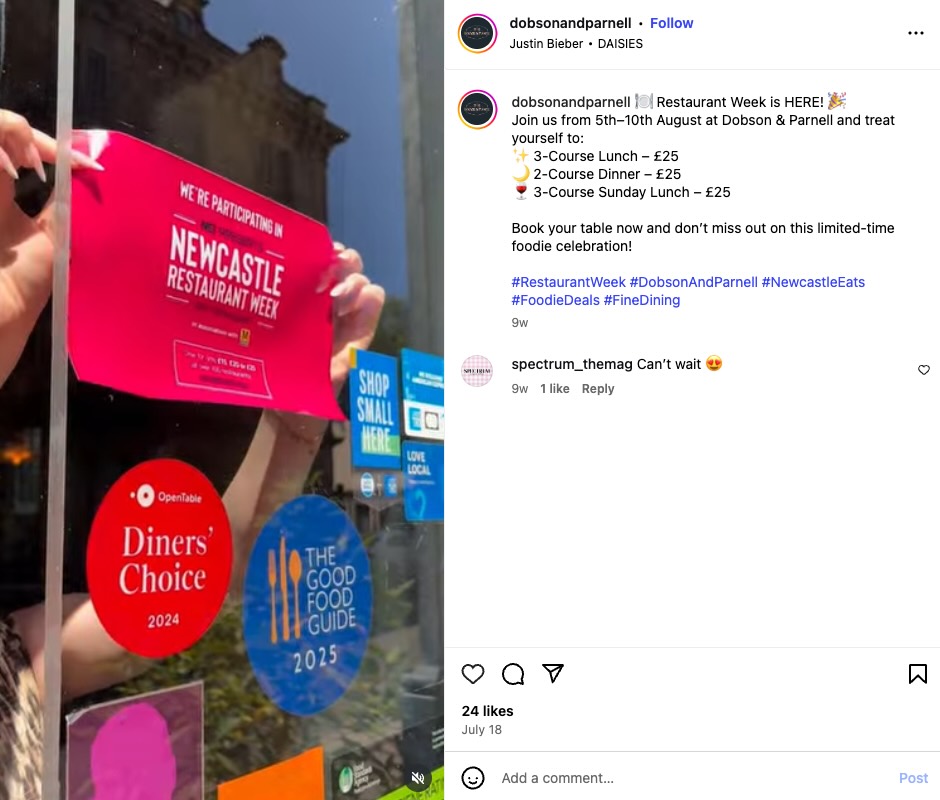
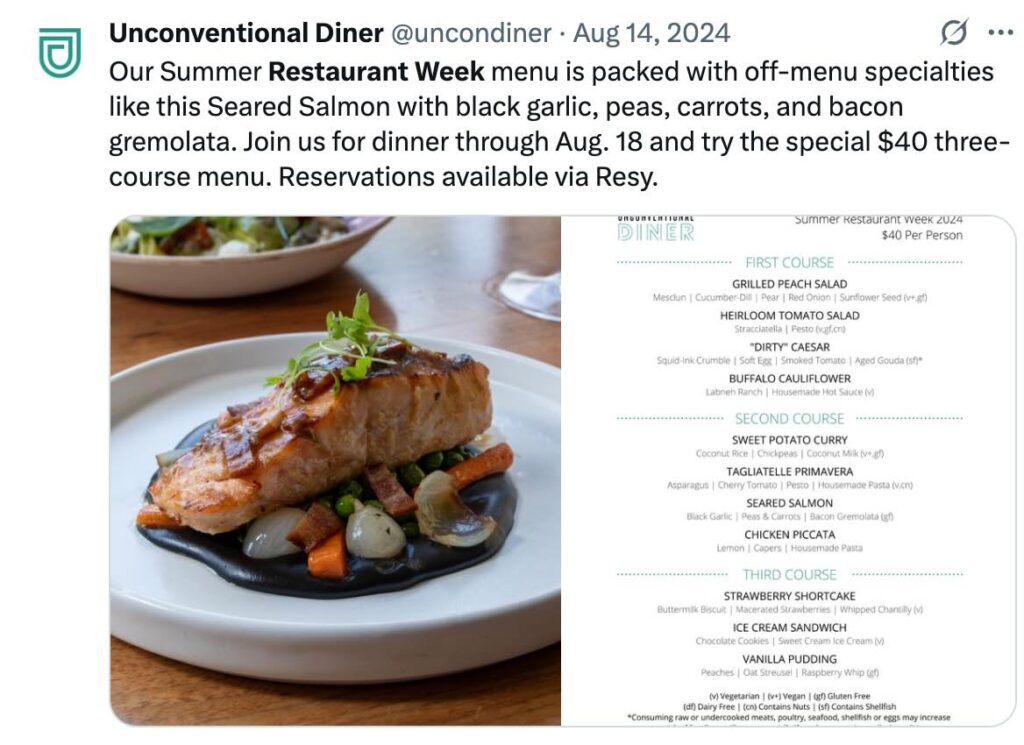
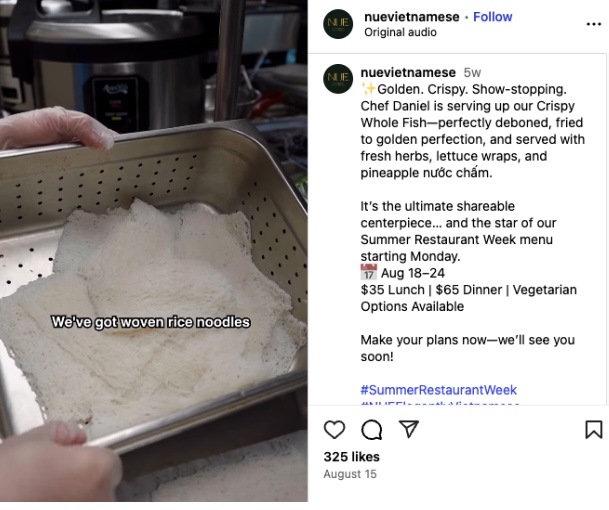
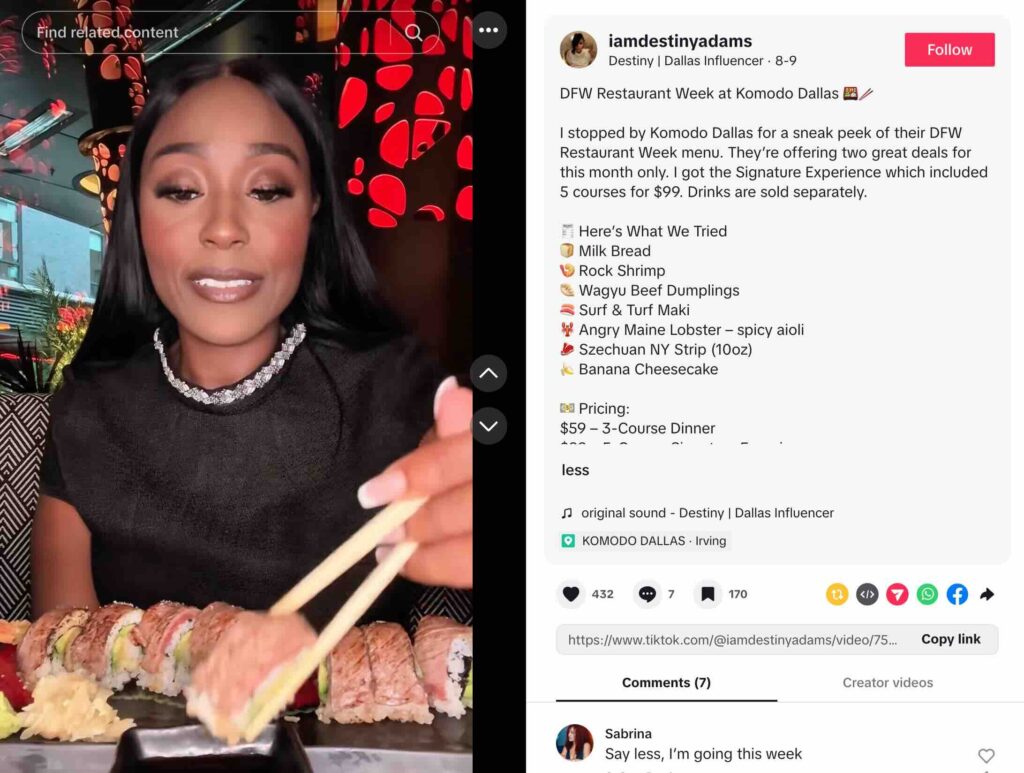
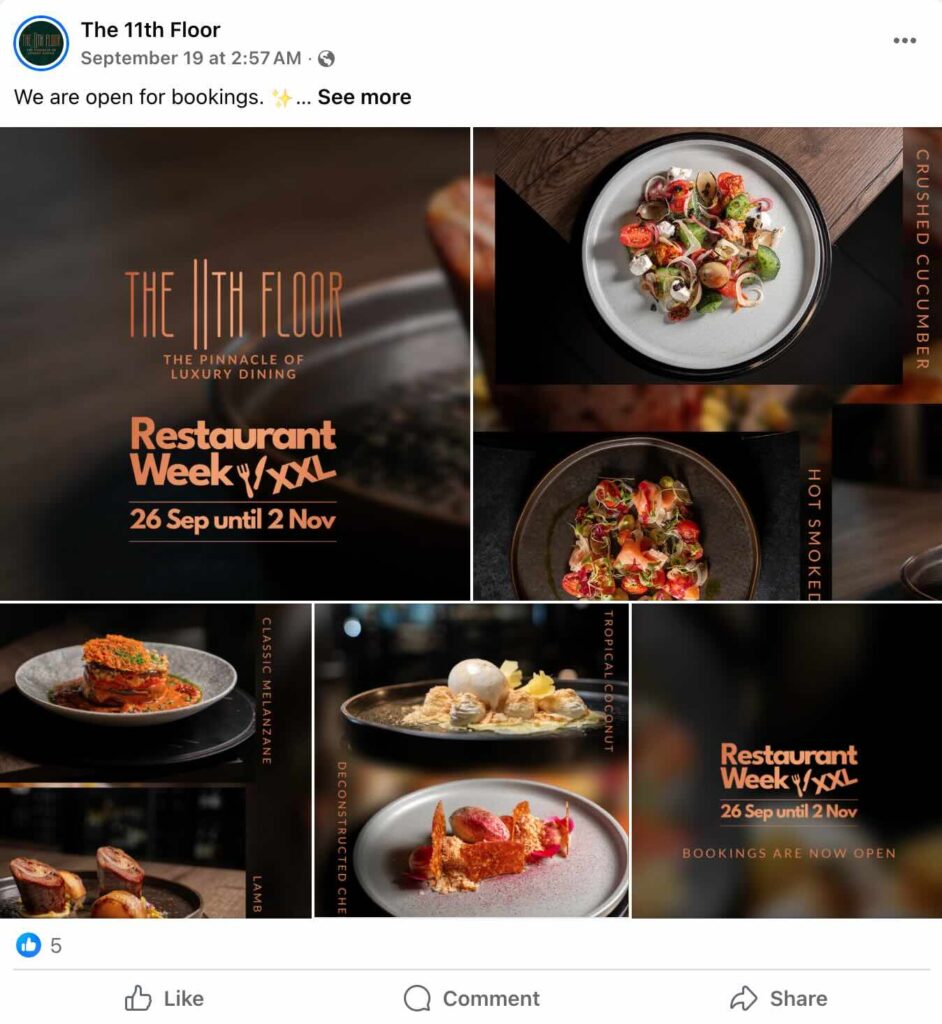
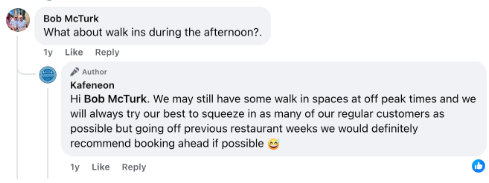
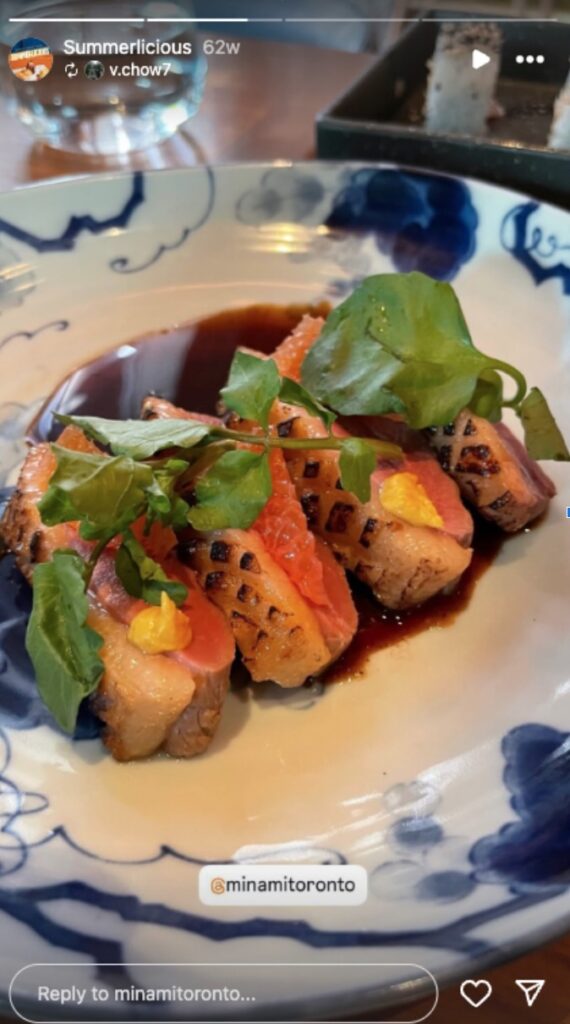
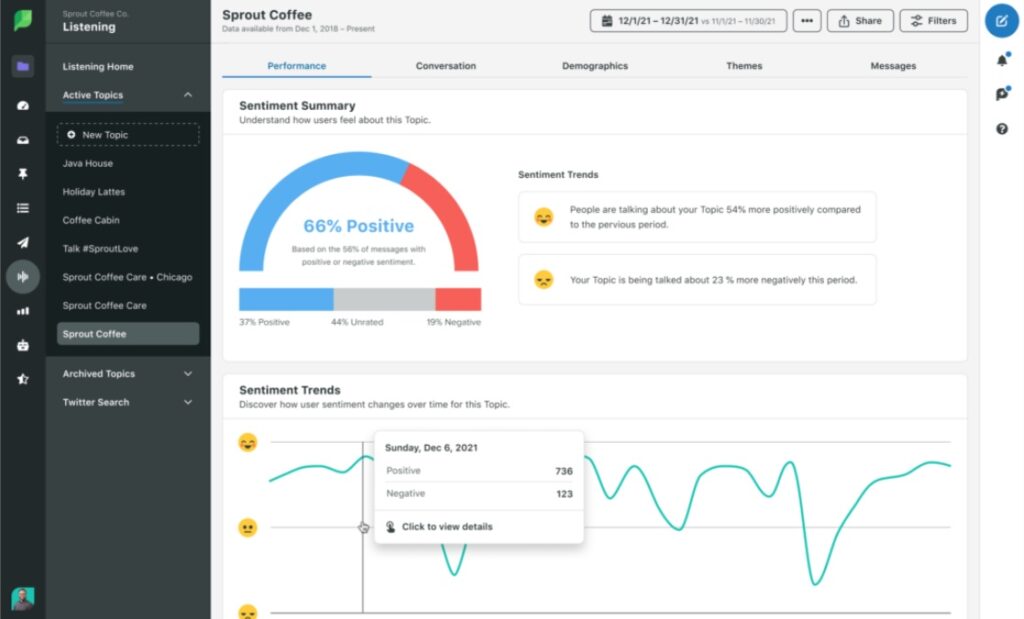
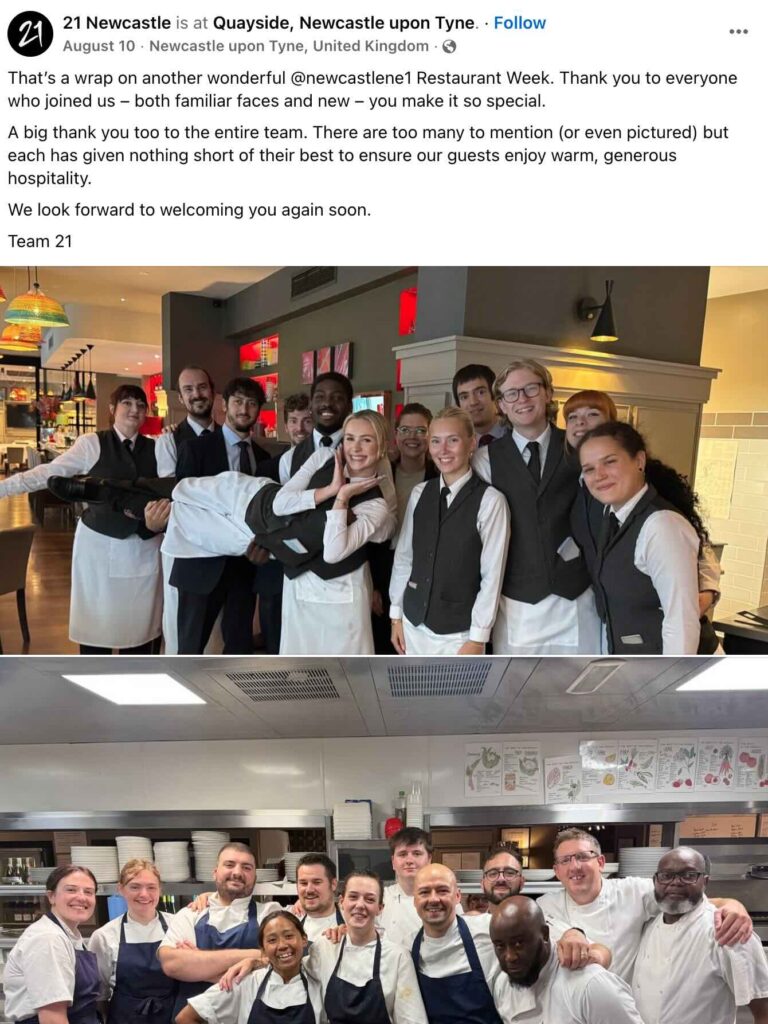
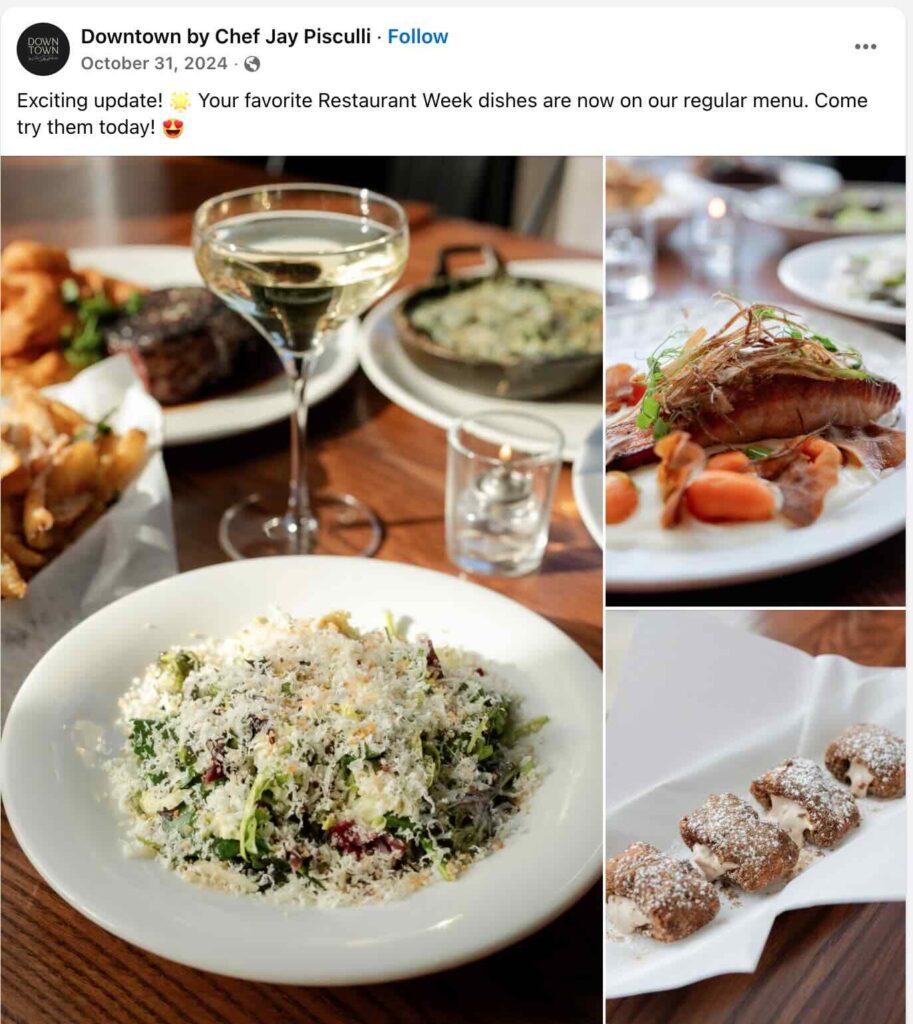
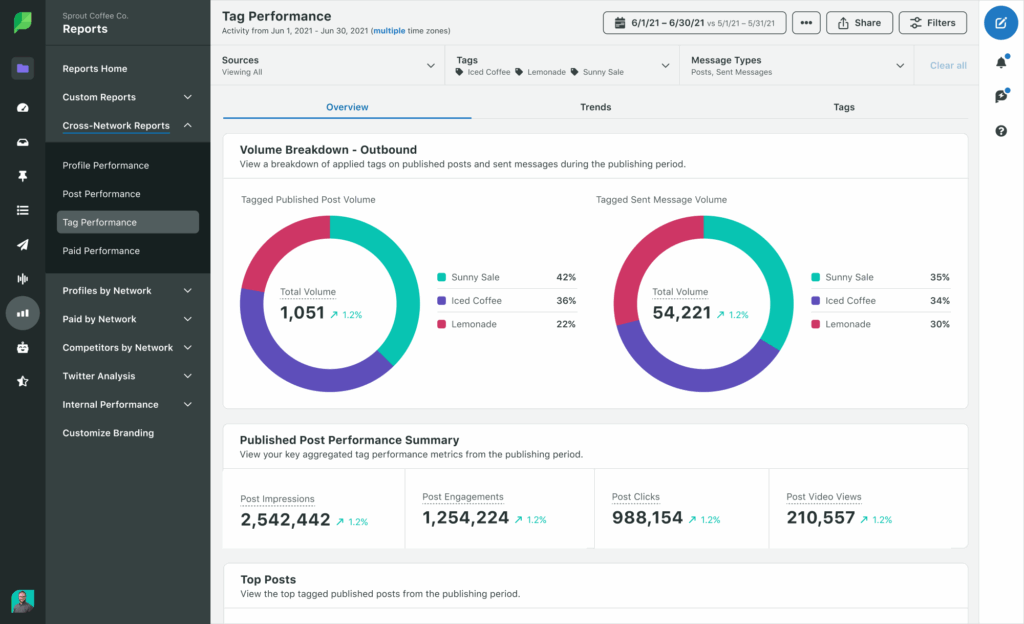

Share